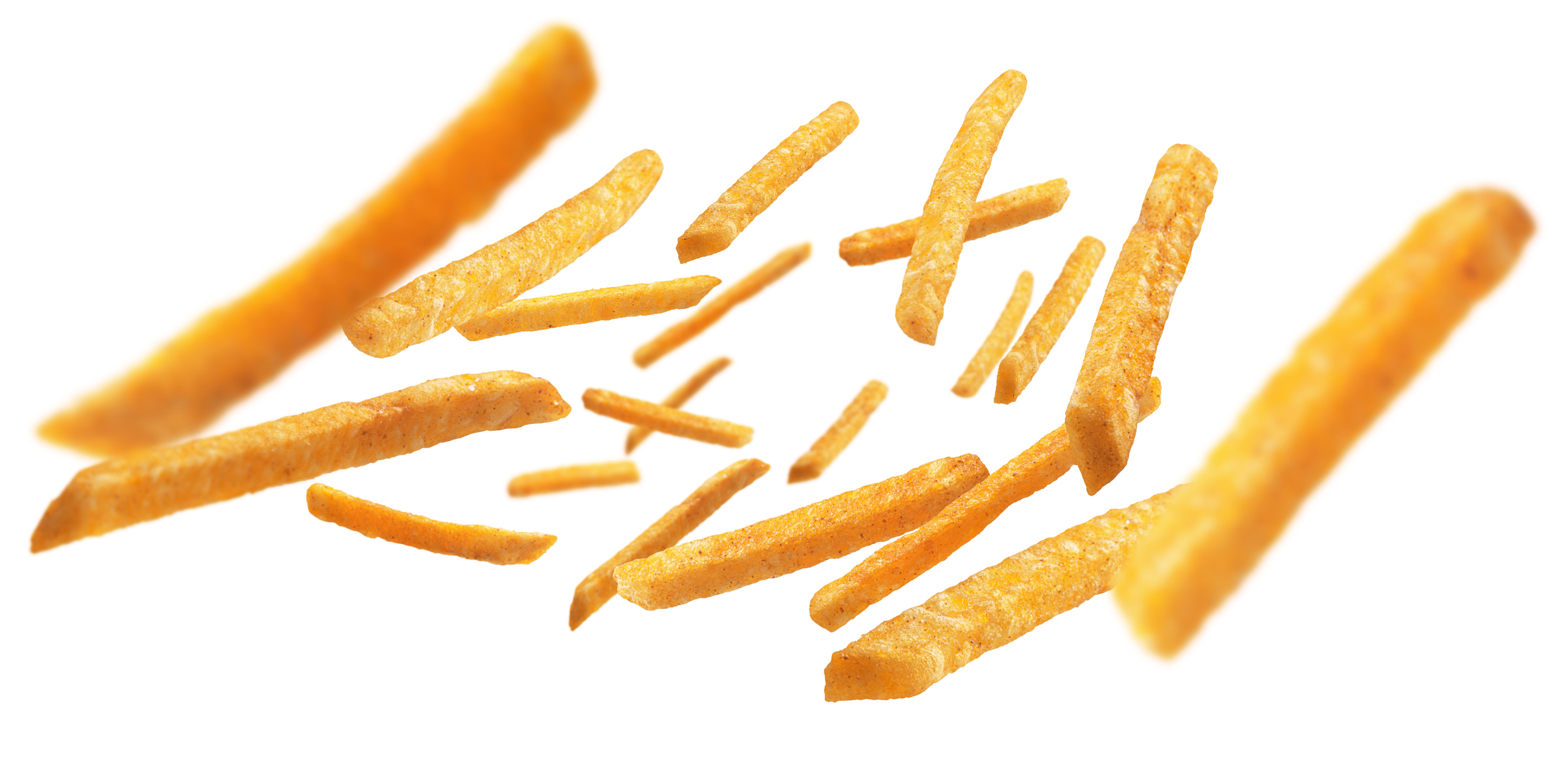The National Fry Processors Trial (NFPT) works to identify potato variety candidates that are ideal for the industry, with strong agronomics and great processing characteristics. NFPT membership includes frozen processors, state grower associations, growers and university breeders. The program has seen some success—Caribou Russet is among those varieties making a splash in the system. Varieties go through different levels of the system called “tiers” to examine their promise in comparison to standard varieties, exploring their potential before reaching the market.
NFPT has developed a new, hybrid model for evaluation of promising fry varieties.
Historically, after harvest in October, NFPT holds an annual field day in East Grand Forks, Minnesota, for members to provide an initial evaluation of candidates in Tiers 1, 2 and 3 of the NFPT variety trials. Then, in January, members meet again to make their final decisions on which candidates will move forward to the next step of the trialing system. However, when the pandemic hit, a new evaluation practice was adopted to keep the program robust and on schedule. The field day consists of examining each variety, including the ability to touch, hold and physically examine the tubers without constraint. Brad Halladay, lead engineer at Medius.Re, previously adopted an online model where members could view images of potatoes and evaluate the appearance of each variety in the trialing system. To avoid losing exterior evaluation data and to keep the evaluation system consistent from previous years, modifications were made to display more information to provide users with the same digital experience they had grown accustomed to without the ability to be on site with the potatoes. While different, this new system keeps the trialing channel afloat. Darrin Haagenson of USDA-ARS was key to this operation, opening his facility to lay out and photograph the different varieties. Additional praise is deserved by trial cooperators for harvesting and gathering initial data for evaluation to streamline the process.
In October 2021, NFPT had a critical decision to make—to keep the field day online, avoiding cutting out evaluators as travel constraints linger; or to bring back the traditional model of in-person tuber evaluation. While members were in favor of an in-person experience, many members who historically participate were still unable to join this in-person experience. In turn, members of NFPT developed a new, hybrid model for evaluation. Members who were able to participate in the East Grand Forks in-person evaluation had the opportunity to evaluate the potatoes in their typical capacity, and those restricted by travel maintained the opportunity of participating through photographs and online data. Internal data, including factors that affect a potato’s viability for fry processing, were available online for both categories of evaluators to view. With the success of this hybrid approach, it is looking like NFPT just created a revamped field day model for years to come.
